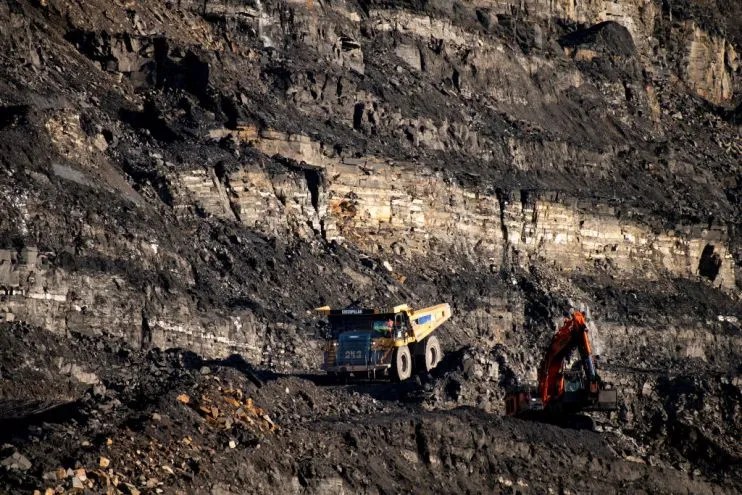A changing China: Looking ahead to commodities in 2024

Coming into 2023, commodities were set for what looked like a bumper 12 months.
After two years of volatility, traders were optimistic China’s recovery would drive demand, and as a result prices, higher throughout the year.
But the year didn’t go to plan. Countries adapted trading practices to fit the geopolitical difficulties, China slipped further into its economic malaise and the US dollar strengthened, placing downward pressure on demand.
As the most commonly used currency in the market, when the dollar appreciates against other currencies, commodities become more expensive on the world stage.
So what’s the outlook for commodities as we head into 2024?
Starting with oil, prices are likely to remain subdued while the market decides how to react to OPEC+’s cutting plan, particularly as US inventories kick on at record strength.
Meanwhile, gas and LNG supply in Europe are stable heading into the year. There has also been heightened development activity across the LNG space in 2023 with major projects from Shell, Chevron and others set to come online throughout 2024.
Despite the furore around moving to net zero, 2023 proved that there’s still money to be made in coal.
That became clear when Glencore announced it was buying up the majority of Canadian miner Teck Resources’ coal business for $9bn in November.
Still, the US Energy Information Administration (EIA) forecasts coal-fired power plants will generate less in 2024 — 599bn kwh — than the combined generation from solar and wind — 688bn kWh — for the first time on record.
Economic powerhouses and super-polluters like India, meanwhile, are looking to double coal production in the coming years.
International efforts, bolstered by COP28, should be enough to reduce global production and demand in 2024, though it may become complicated if countries begin depending on the unpredictable technology of carbon capture to offset emissions.
The outlook for metal prices hinges on China.
Last year it became clear China is becoming an increasingly price-sensitive buyer.
Gone are the days when the country would simply pay the asking price to feed voracious growth. Now it appears more willing to use its purchasing power to try to influence the price or become more opportunistic altogether.
This tactic worked well to secure oil during OPEC+ production squeezes.
The approach also seemed to influence the country’s copper purchases. Through April this year, imports were down to four-year lows driven by unattractive global pricing. But when a softer market developed in the second half of 2023, China took advantage and increased monthly imports to 550,565 metric tons in November, the highest so far this year.
China’s voracity for the metal has been the counter-weight to fears of a potential copper market crash, but if this dynamic-pricing approach continues, that could affect the stability of the market as a whole.
China’s approach to trying to control iron ore was less successful as its regulators failed to dampen prices through threatened increased oversight.
Additionally, unlike the vast oil market, there are only two main suppliers; Australia and Brazil meaning prices are less flexible.
Any effort to kick-start the Chinese property and construction markets will likely have to be done off the back of high iron ore prices.
Base metals will likely prove to be a mixed bunch. Nickel, down 45 per cent on the London Metal Exchange this year, is expected to continue its slide as supplies remain in a heavy surplus thanks to booming Indonesian production.
At the opposite end of the fortune scale is gold, which had a year unlike any other, reaching its all-time high closing price on the London Metal Exchange at the end of December.
If geopolitical tensions continue and the Federal Reserve continues to cut rates, strong investor demand could push the price of gold higher still
If there is anything to be gleaned from 2023 in commodities, it is how China plays its leading role.
Considering this, along with developments in both conflicts, changing weather patterns and international economic health, much of the market is cautious about the outlook for 2024.